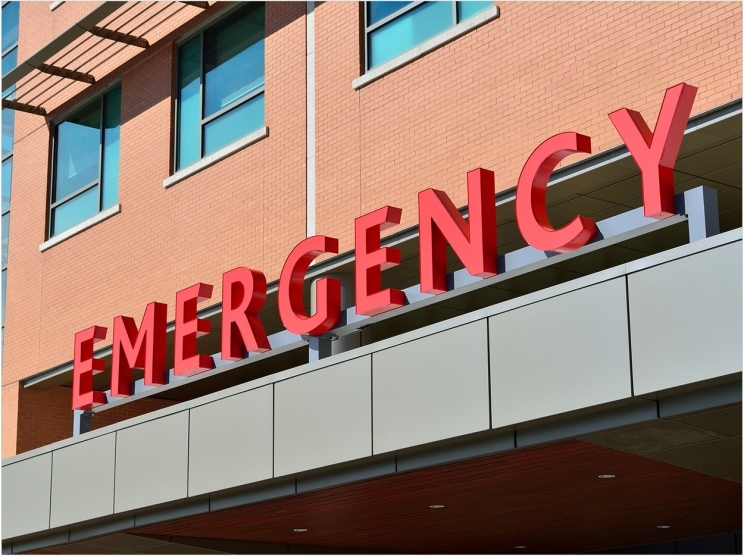
Patients who go to the emergency room to treat preventable dental conditions cost taxpayers, hospitals, and the government about $2 billion a year, according to researchers at the Texas A&M University School of Public Health.
Regular visits to the dentist are essential for maintaining oral health and catching dental diseases early, the researchers said. But major obstacles such as costs and lack of dental insurance coverage can get in the way for many people.
“It’s well known that in the absence of dental insurance coverage, a visit to the dentist can be costly,” said Marvellous A. Akinlotan, PhD, MPH, BDS, author of the study and recent graduate of the School of Public Health.
“Dental diseases such as tooth decay and gum disease are preventable through adequate personal oral hygiene practices and periodic professional care. However, these diseases, if left untreated, do not resolve spontaneously. They progress over time, resulting in dental pain and infection, and may necessitate an emergency department visit,” said Akinlotan.
As part of her dissertation, Akinlotan and her advisor, Alva O. Ferdinand, DrPH, JD, reviewed more than 60 published studies to summarize factors associated with emergency department visits for preventable dental conditions.
The study’s results suggest that policymakers and healthcare providers should make dental care accessible for the uninsured and provide comprehensive dental coverage for those with public dental benefits, particularly Medicaid, the researchers said.
Also, the study highlights populations that are most likely to visit the emergency room for preventable dental conditions, including young adults, children with special needs, and those who have low socioeconomic status and chronic health conditions.
“Any interventions to increase access to preventive dental care should be targeted to these populations,” Akinlotan said.
Emergency room visits for preventable dental conditions are rising annually and constitute 1.15% and 2.5% of all emergency room visits. Although these numbers may seem small, the researchers said, these visits cost taxpayers, hospitals, and the government about $2 billion each year.
Also, patients who visit the emergency room for dental conditions often get treated with quick fixes, such as antibiotics and pain medications.
“These kind of treatments often do not address the patient’s underlying dental condition and are an inefficient use of time and healthcare resources,” Akinlotan said.
Although Akinlotan wasn’t particularly surprised by the study’s results, the research did note knowledge gaps that call for future research, she said. For instance, she is interested in investigating whether providing dental care at Federally Qualified Health Centers influences emergency department visits for preventable dental conditions.
The study additionally provides more evidence for policymakers and healthcare providers to invest in increasing access to preventive dental healthcare, especially for populations most vulnerable to dental emergencies, the researchers said.
The study, “Emergency Department Visits for Nontraumatic Dental Conditions: A Systematic Literature Review,” was published by the Journal of Public Health Dentistry.
Related Articles
Is Dentistry Going to Remain on the Sidelines in This Pandemic?
Inspiring Dentists Provide Emergency Care During the COVID-19 Crisis
Urgent Care Dentistry and the Future











